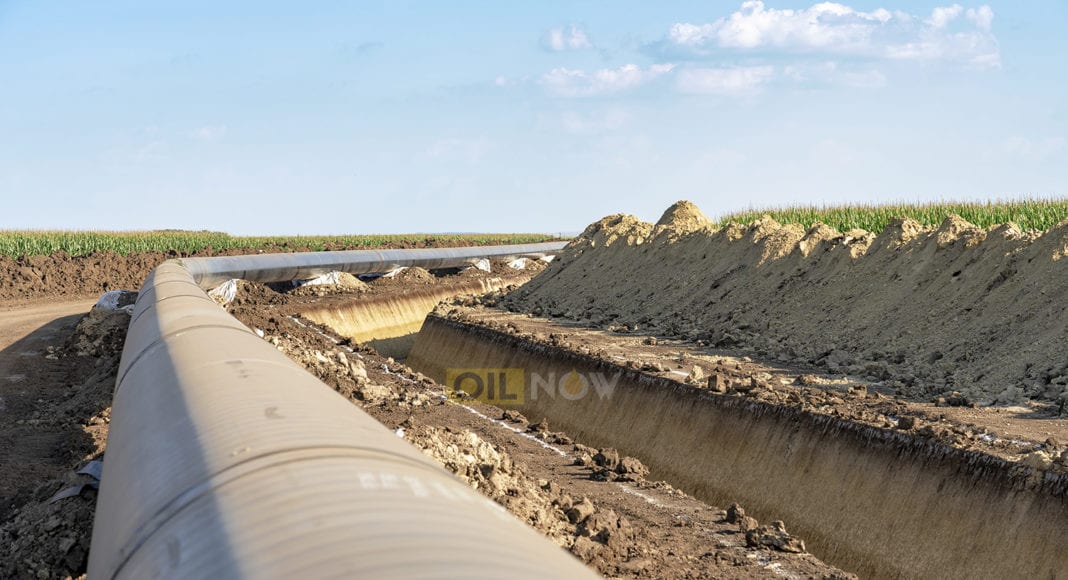When the new administration in Guyana announced last year that it was moving ahead with the planned gas-to-shore project that would be underpinned by the Liza Phase 1 Development at the Stabroek Block, some stakeholders asked – can it work?
But after examining various factors, former Energy Minister of Trinidad and Tobago (TT), Kevin Ramnarine confidently posited on Thursday that it most certainly can, particularly from a technical and economic standpoint.
The former Minister made these remarks during a panel discussion focusing on the critical role of gas as the world transitions to cleaner sources of energy, at day two of the Guyana Basins Summit.
Ramnarine said, “…If you go around Guyana and you ask businessmen what is the number one obstacle to doing business they would say electricity, from the aspect of cost, and, from the aspect of reliability.”
The official said that in Trinidad and Tobago, citizens enjoy some of the lowest electricity tariffs in the western hemisphere. In fact, residents pay about six US cents per kilowatt hour while in Guyana, it is four to five times that of Trinidad. Ramnarine said that due to the unreliability of Guyana’s power grid, many businesses are forced to set up and operate their own generation capacity infrastructure.
Acutely aware of how debilitating poor power generation can be to a nation, Ramnarine said the Guyana government is pursuing a gas-to-shore project in partnership with ExxonMobil which operates the Stabroek Block. He said some of the associated gas at the Liza Phase One project is being re-injected to sustain oil production and reservoir pressure while another portion is used for power generation on the Liza Destiny FPSO. He said it is the intention of the government that by 2024, natural gas would be taken to Guyana’s shoreline while adding that this could be somewhere around 50 million cubic feet of gas per day.
The former Minister said this is enough to support a combined-cycle power plant along with fortifying downstream industries such as natural gas for protein (biomass). Depending on the efficiencies achieved, Guyana could also realize 200 megawatts of power, Ramnarine stated.
In terms of bringing the pipeline to shore, he said this is very feasible. He expounded, “First of all, we are looking at a distance of approximately 120 to 130 miles from FPSO to the shoreline and subsea pipelines are not uncommon in the world today…We know about the Nord Stream pipeline which is 760 miles connecting gas from Siberia into Germany and we know about South Stream connecting Russia and going into Turkey, so they aren’t impossible to lay.”
Ramnarine said that the pipeline would have to be laid in about 1,600 metres of water and then make its way to the shoreline. He said too that there would be a need for compression on the FPSO to transmit the gas to the shoreline and then infrastructure to receive and treat it onshore. Further to this, he said Guyana may most likely require a slug catcher if the gas is to be brought in a phased manner while adding that a processing plant to fractionate the gas would be needed.
In terms of CAPEX, he said that a rough estimate would be US$600M to US$800M for the project. The former Minister was keen to note that the economics of the project should not be looked at on a standalone basis but instead in terms of the wider economics of the Stabroek Block.
“So, if it is for example the intent to recover the CAPEX for the pipeline and infrastructure it would fall into the cost pool for the Stabroek Block and as a percentage, the CAPEX in the pool it would be a pretty small percentage so in this way it makes economic sense. So, I think it can work and it should be supported because Guyana would also be reducing its carbon footprint,” he stated.
Taking the foregoing into consideration, Ramnarine said that the gas-to-shore project is a “win-win-win” for Guyana from an economic, environmental, and social point of view while pointing out the importance of delivering these benefits to the country as soon as possible.




